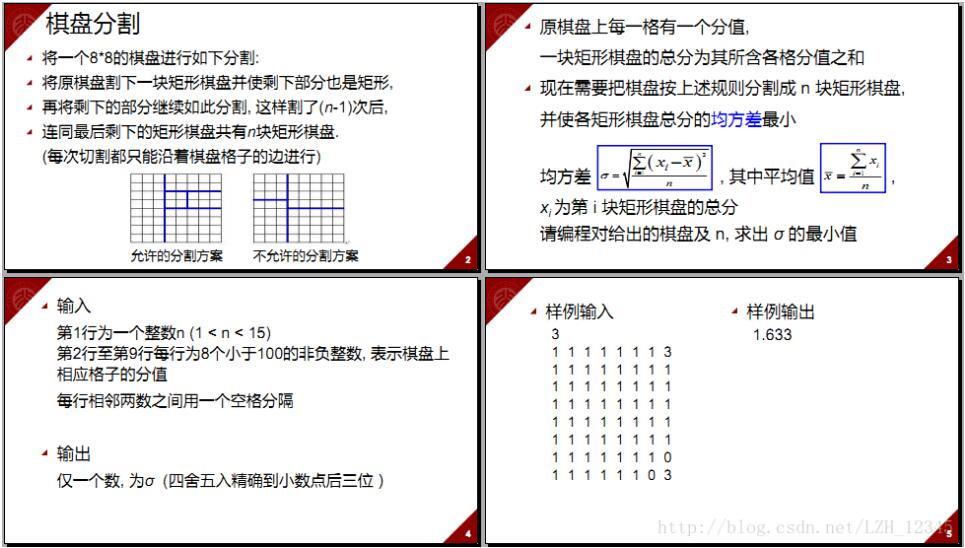Python中filter与lambda的结合使用详解
filter是Python的内置方法。
官方定义是:
filter(function or None, sequence) -> list, tuple, or string Return those items of sequence for which function(item) is true. If function is None, return the items that are true. If sequence is a tuple or string, return the same type, else return a list.
第一个参数为None的情形:
filter(None, '101') # '101' filter(None, [True,False]) #[True] filter(None, [True, 0, 1, -1]) #[True, 1, -1] filter(None, (True, 1, 0, -1, False)) #(True, 1, -1)
第一个参数为function的情形,如果function(item)为True,则满足过滤条件。此时的lambda函数的形式是: lambda x: expression(x)。
注意到,:左边只能有一个元素x,:右边为一个关于x的表达式,且这个表达式的值要么是True, 要么是False.
filter(lambda x: x, [-1, 0, 1]) #[-1, 1] filter(lambda x: not x, [-1, 0, 1]) #[0] def f(x): return True if x == 1 else False filter(lambda x: f(x), [-1, 0, 1]) #[1]
以上这篇Python中filter与lambda的结合使用详解就是小编分享给大家的全部内容了,希望能给大家一个参考,也希望大家多多支持【听图阁-专注于Python设计】。

